Regardless of which aspect, one can always say about newborns that they are not a reduced copy of an adult, which means that their body functions according to its own laws. This applies even to the skin. The skin of a newborn baby has its own characteristics, which sometimes cause anxiety in young parents. The skin of the crumbs is tender and prone to irritation, therefore, it requires special attention. In order to avoid problems and inflammatory processes, it is necessary to carefully care for her. When a child has clean skin, no diaper rash, rashes, the newborn feels comfortable, sleeps well, is not worried and is not capricious.
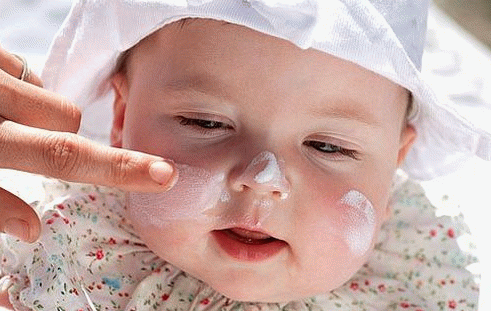
Skin features
When the baby appears, his skin is covered with a layer of cheese-like lubricant. This lubricant serves as a barrier, because in the mother’s tummy the baby was surrounded by amniotic fluid. In the old days, this grease was washed off immediately after birth, now it is believed that it should be absorbed into the skin.
When the issue of lubrication on the skin is leveled, the mother may notice that the baby's skin is too red. This is completely normal. Firstly, In the blood of a newborn child, red blood cells are contained in an increased amount. Secondly, the layer of subcutaneous fat in the crumbs is still very poorly developed, which means that the blood vessels are very close to the skin, and they are clearly visible. In addition to the red tint, a vascular pattern may simply appear on the skin.
Weak development of the subcutaneous fat layer “rewards” the baby’s skin with another feature. Newborn babies are easy to cool and freeze. A “marbled” pattern appears on the skin.
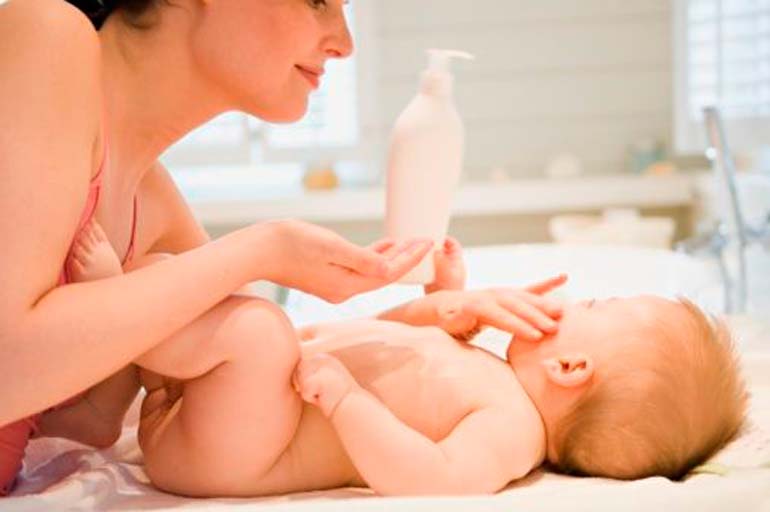
All mothers note that the skin of a newborn baby is very soft and velvety to the touch. Infant fluff gives a special velvety skin lanugowith which shoulders, a back, and sometimes hips of a baby are covered. However, already on 2-3 days of life, the baby's skin becomes dry and begins to peel off. Thus, the adaptation of the skin to the air after water is manifested. The work of the sebaceous glands has not yet been established, so the skin is deprived of a protective lipid film that helps to retain moisture. Most often, the skin of the limbs flakes: palms and heels.
Often, various rashes can be seen on the skin of a newborn. Small little white dots resembling pimples are milia, sebaceous cysts. They are completely safe, appear in the process of establishing the work of the sebaceous glands and disappear without a trace without any intervention. Red inflamed pimples, sometimes called “blooms,” are the result of hormonal changes. After physical separation from the mother’s body, the baby’s body begins to produce its own hormones, which, of course, affects the external condition of the skin.
Discover about pimples on the face of a baby >>>
Skin Care Rules
[sc: rsa]
- In order not to injure the delicate skin of the baby, the nails of an adult should be short cut and filed;
- If an adult has any sores (e.g. boils, nail fungus, sore burrs), it is better to entrust the care of a child to a healthy person;
- It is not recommended to abuse hygiene products: use baby soap without allergenic fragrances, use a water-based baby cream (see what kind of cream);
- Use only high-quality baby cosmetics.
Recommended: Video Guide. After childbirth. Newborn Care:
Washing the baby
Every morning, after the baby wakes up, it must be washed with boiled water.
It is more convenient to carry out morning care on a changing table, since the necessary items will be stably placed on it. The water temperature in the first days is 36-37⁰C, gradually it can be reduced and brought to room temperature (25⁰C).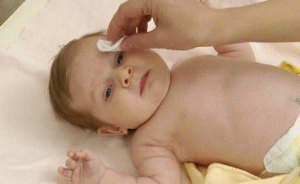
- We start with eye treatment: with a cotton ball moistened in boiled water, wipe the eye from the outer corner to the inside with smooth movements without pressure. For each eye we use an individual cotton ball.
- Wipe the nose from the outside with a damp cotton ball. Inside, the nostrils are cleaned with a cotton flagellum, making rotational movements. The flagellum is pre-moistened with boiled water.
- We treat the ears with a fleece flagellum, removing sulfur from the skin of the external auditory meatus. It is not worthwhile to push the flagellum deeper, since sulfur is not removed, but is pushed into the ear canal. Cleaning your ears is enough 2 times a week.
- We wipe the face and behind the ears with a cotton ball.
- The umbilical wound should be treated 2 times a day with a 3% solution of hydrogen peroxide, then green (in detail about proper handling).
- After each stool, the baby must be washed with warm running water.
Video:
Body care
Common Truths:
 Bathing a child before healing of the umbilical wound is carried out in boiled water with the addition of a solution of potassium permanganate. Water should be heated to body temperature or slightly higher (36-37⁰C). Soap can not be used every day, it is enough to wash the head 2-3 times a week. You can periodically add to water decoctions of various herbs. After each bath, the umbilical wound is treated until it heals. How to bathe baby.
Bathing a child before healing of the umbilical wound is carried out in boiled water with the addition of a solution of potassium permanganate. Water should be heated to body temperature or slightly higher (36-37⁰C). Soap can not be used every day, it is enough to wash the head 2-3 times a week. You can periodically add to water decoctions of various herbs. After each bath, the umbilical wound is treated until it heals. How to bathe baby.- Washing the baby is carried out under running water. At the same time, the child lies on his mother’s arm with his tummy up. The head is placed on the elbow of the mother’s hand, the buttock in the palm of the hand, and the baby’s leg needs to be fixed with the thumb near the hip joint. All movements are directed from the genitals to the gluteal fold. If the baby is pooping, then use soap. This procedure is necessary after each bowel movement, and after 2-3 urination. Such care will avoid diaper rash in the inguinal folds and on the buttocks.
- Use of powder and creams after washing keeps the baby's skin dry and protects it from the irritating effects of urine.
- Air baths. The crumbs are laid on the changing table, completely undressed and given the opportunity to freely move their arms and legs. It is better to increase the duration of the procedure gradually from 1-2 minutes, up to 5-10 minutes. as the child grows (how to make air baths).
We look at how to bathe, how to wash, how to care for the umbilical wound, how to make air baths:
Bathing:
Washing:
Umbilical wound treatment:
Air baths:
After having bathed the child, smear the perineum and inguinal folds with baby cream. Because creams include castor oil, glycerin, beeswax, this softens and nourishes the skin, and also protects it from all kinds of microbes. Immediately after bathing, it is necessary to treat the skin of the baby with cosmetic oil for newborns, lotion or powder.
Skin problems
 Most often, parents are scared by the appearance of crusts on the scalp of the baby's crumbs (seborrheic crusts). This is not a disease, it is easy to deal with it. Before each bath, the crusts are smeared petroleum jelly or baby cream, and while bathing, wipe with a sterile gauze. Movement should be light without pressure, strong friction will lead to the appearance of wounds. (Read about the crusts on the head)
Most often, parents are scared by the appearance of crusts on the scalp of the baby's crumbs (seborrheic crusts). This is not a disease, it is easy to deal with it. Before each bath, the crusts are smeared petroleum jelly or baby cream, and while bathing, wipe with a sterile gauze. Movement should be light without pressure, strong friction will lead to the appearance of wounds. (Read about the crusts on the head)
- Prickly heat. If the baby's body is sweating, then you just need to prevent overheating, avoiding excessively warm clothes. At an early stage, normal hygiene for a newborn is sufficient. While swimming in the water, you can add chamomile infusion, or a decoction of oak bark -Details about sweating (about treatment);
- Diaper rash. When diaper rash appears, special attention is paid to skin care after each trip to the toilet. More often, let the baby’s skin “breathe” (the same air baths described above), diapers and diapers must be changed every few hours. After changing the diapers, the child must be washed with running water, in extreme cases - wipe with baby hygiene napkins - Details about diaper rash;
- Proper hygiene initially! Read a great article about organization proper baby hygiene from birth.
We also read:
- skin problems of newborns
- how to care for baby's skin in summer: treatment of diaper rash, prickly heat and dermatitis
Watch the video:
Webinar on the topic:

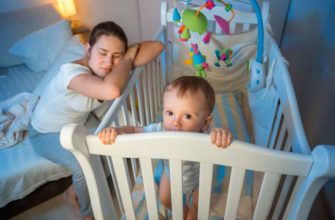
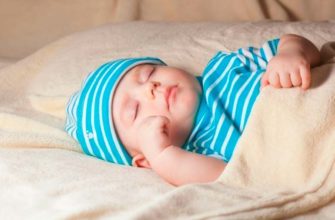
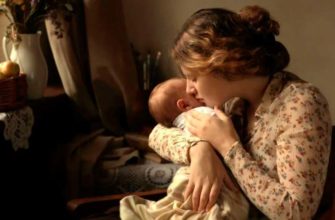
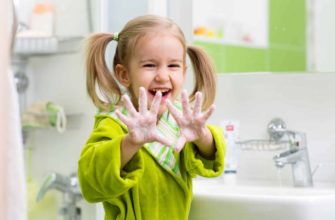
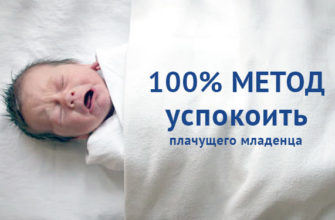
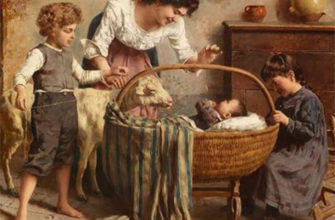
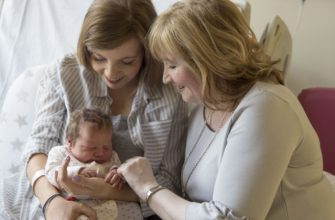
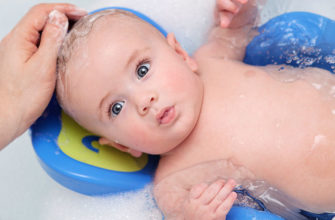
I remember back in the days of our mothers and grandmothers the skin of babies was treated with boiled sunflower oil. And there were no problems with allergies and other things. Simple and cheap. This is to say that now even children's products can be bought fake. And the nose was instilled with breast milk. it softened all the discharge in the nose and the baby was better at breathing.
And after the chamomile baths, my baby had a small rash on his body, but it was worth changing the chamomile for a series, and everything instantly passed. And against all the children’s sweating and rashes, the good old children's cream helped.
And for bathing I take natural extracts for Baby Boo baths. They are natural, no chemistry. And for the prevention of diaper rash, the extract with a succession helps a lot.
Compared with adults, the skin of a newborn baby has a thin immature stratum corneum, a large surface and a stronger vascular network. These features lead to mild vulnerability and frequent infection. Children's skin is drier than in adults, has a more pronounced tendency to peeling, redness and the appearance of irritation. Inability to adequately respond to temperature changes and poorly developed regulation of heat transfer lead to overheating and overcooling.